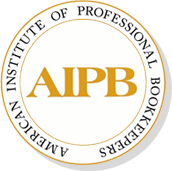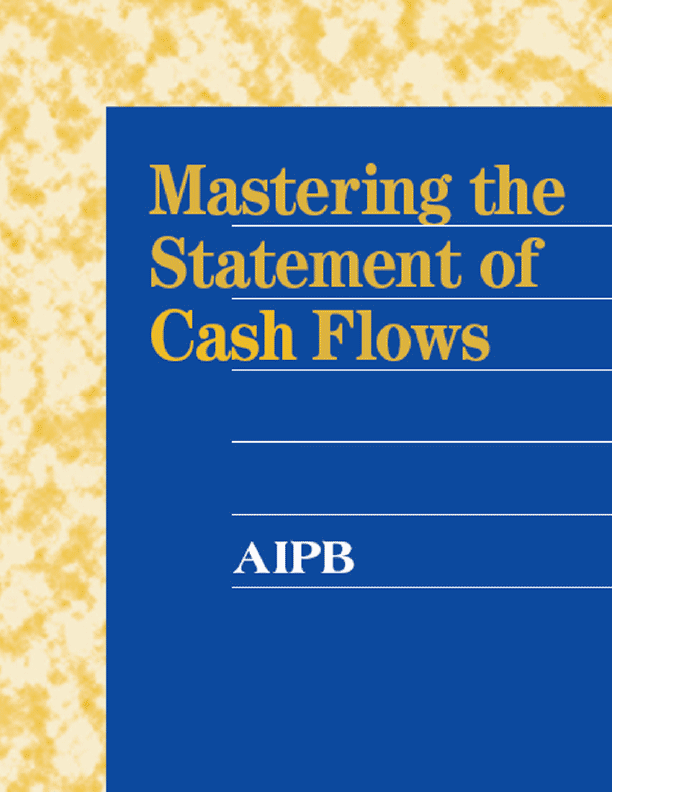366 pages [225 self-teaching + 141 self-quizzes with detailed answers]
Section 1: Introduction. Sources and uses of cash: 3 kinds of activities.
Sections 2-4: Cash provided by operating activities (CPO), the direct method.
Part I: Computing cash inflows using changes in A/R and Allowance for Doubtful Accounts. Computing cash outflows using changes in Prepaid Expenses, Depreciation, Amortization, A/P and either Purchases (periodic method) or Inventory and COGS (perpetual method).
Part II: Using changes in Interest Payable, Discount on Notes Payable, Income Tax Payable and related accounts.
Part III: Using changes in Unearned Revenue, Dividends and Interest Receivable, Amortization of Notes Receivable.
Section 5: CPO case study, the direct method. Brings together everything you learned in Sections 2–4.
Section 6: Computing CPO, the indirect method. Computing inflows/outflows from changes in Depreciation, A/R, A/P, Inventory, Unearned Revenue, Interest Payable and other accounts.
Section 7: CPO case study, the indirect method. Brings together and applies what you learned in Section 6.
Section 8: Cash from investing activities. Inflows from disposal of PP&E, intangible assets, securities, loan collection. Outflows for investing in PPE, intangible assets, securities, making loans.
Section 9: Cash from financing activities. Inflows from issuing stock, creditor notes, mortgages, bonds, receipt of principal on loans. Outflows for dividends, treasury stock purchases, payment of loan principal.
Sections 10-11: Preparing a statement of cash flows.
Part I. Asset accounts.
Part II. Liability, stockholders’ equity accounts.
Section 12: Special and supplementary items. Inflows and outflows related to the purchase/sale of securities or treasury stock, foreign currency transactions, acquisitions and lawsuits. Which items are disclosed only as supplemental information.
Section 13: Special items for large corporations. Sale of a business, equity in an affiliate’s income, issuing bonds, amortization of a bond discount or premium, early extinguishment of debt.
Section 14: Comprehensive case study. Everything you learned applied to a complete statement of cash flows.
Publisher: AIPB


Genay –
Good
Upvote if this was helpful (0) Downvote if this was not helpful (0) Flag for removal
ELIZABETH –
Very informative
Upvote if this was helpful (0) Downvote if this was not helpful (0) Flag for removal
MORRIS –
I like the clear and understandable way the material in the course is laid out. It was easy to follow.
Upvote if this was helpful (0) Downvote if this was not helpful (0) Flag for removal
HAMNIA –
Lessons were brief but understandable. Exercises were plentiful. Thanks.
Upvote if this was helpful (0) Downvote if this was not helpful (0) Flag for removal
CECELIA –
Very intensive course
Upvote if this was helpful (0) Downvote if this was not helpful (0) Flag for removal
CHERYL –
The course was well written and easy to understand. The downloaded version was not readable on my iPad due to the bottom some of the pages being cut off. I had to purchase the hard copy and was not able to get a refund for the downloaded version.
Upvote if this was helpful (0) Downvote if this was not helpful (0) Flag for removal